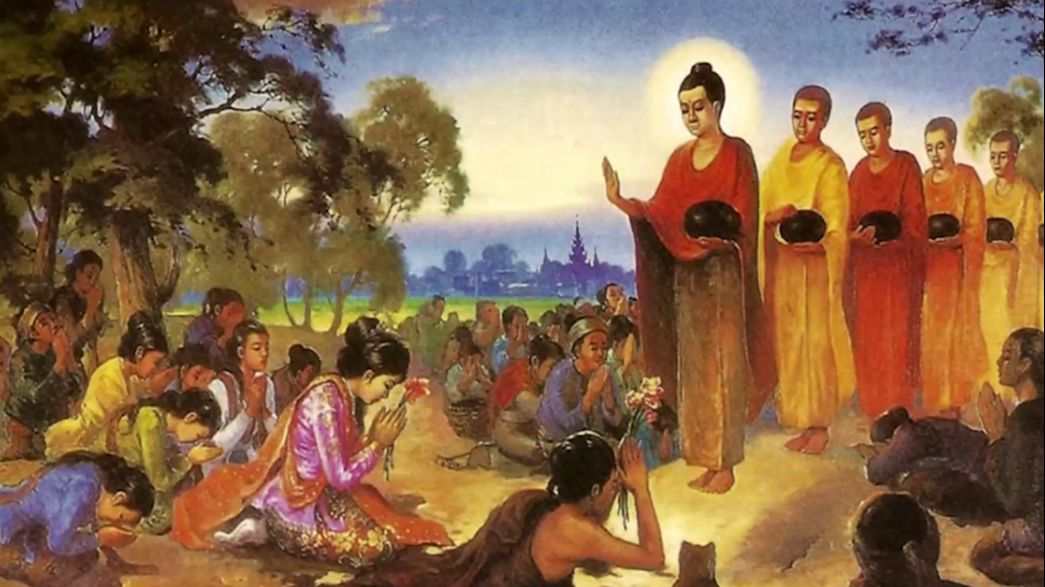From the North to the South, from the South to the North after 6 years of walking barefoot along the length of the country, the footsteps of the practitioner Thich Minh Tue stopped here. Some people regret, some say stopping here is reasonable, some wish he would just temporarily stop walking but continue his spiritual practice. "For those who want to walk on a pilgrimage, go far away, don't affect traffic, don't push or crowd, it's complicated, so it's good that you come here, still learning, nothing yet. If you meet, you have met. Well, everyone should go back to their own work."
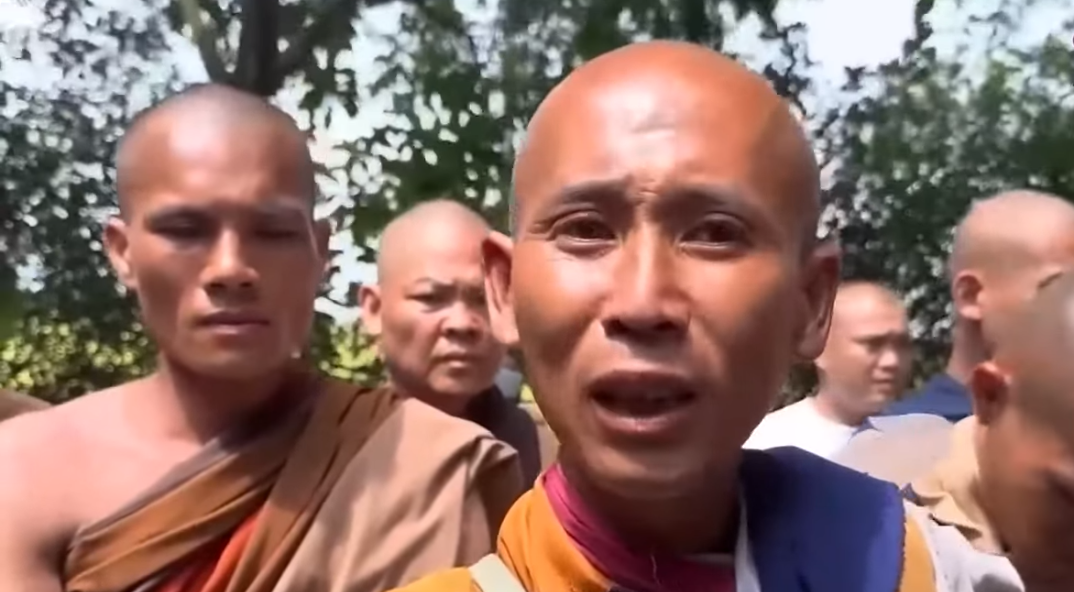
At the same time, public opinion is stirred up about the fanaticism of an actress extending the debate about a famous monk with this person and the scandal with another person. The two events are unrelated and should not be compared, but later let me tell you about the two events. These are small pieces that speak to the importance of Buddhism in how Buddhism has become an indispensable part, blending into the roots of the Vietnamese people. Many people used to think that Buddhism was imported from China to Vietnam, but in fact, it was directly transmitted from India. In 179 BC, the country of Au Lac was subjugated by Trieu Da's Nam Viet, establishing the Giao Chi district.
In 110 BC, Nam Viet became a vassal of the Han dynasty, and Giao Chau was also incorporated and divided into two districts, Giao Chi and Cuu Chan, on the territory of the Han dynasty. Later, there were three Buddhist centers: Luy Lau, Lac Duong, and Banh Thanh. Chinese historical records do not clearly record the formation of the Lac Duong and Banh Thanh centers, only Luy Lau in Giao Chi is clearly and earliest defined, laying the foundation for the formation of the other two centers. From the second half of the second century, Luy Lau existed as an important Buddhist center. This shows that the introduction of Buddhism into Giao Chau was very early, so who brought Buddhism to Giao Chau.
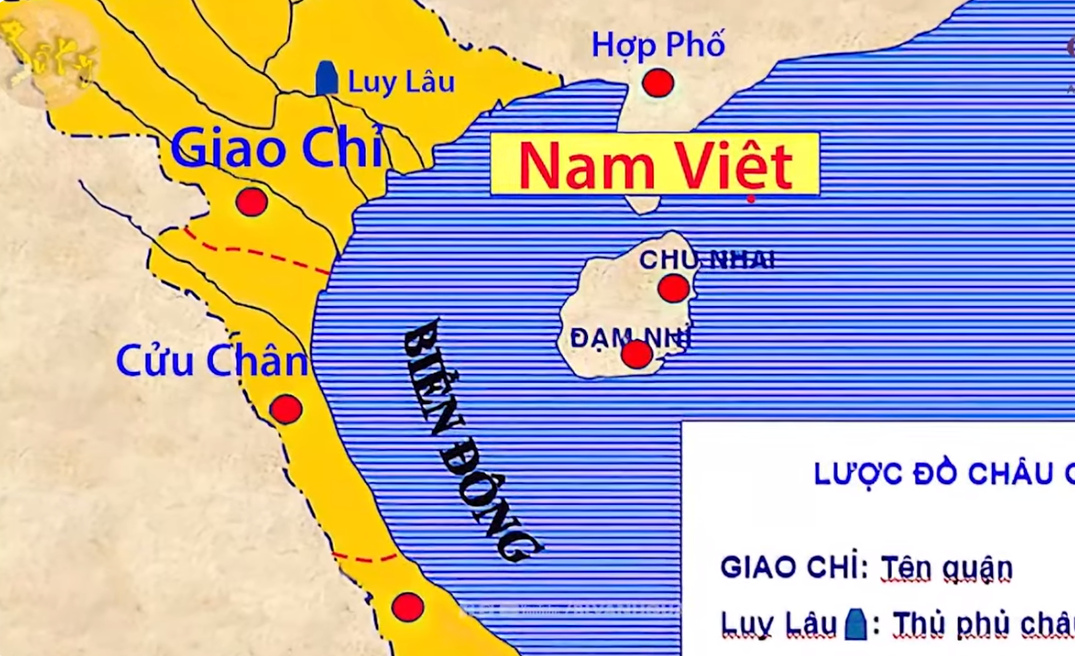
In the early Christian era, India had strong trade with the Middle East and indirectly with the Mediterranean region, so they needed a source of raw materials. They sailed with the southwest monsoon winds towards the east, they arrived in Giao Chi and could then continue by sea or by land into the interior of China. While waiting for the northeast monsoon winds to return to India, the merchants spread Indian culture, including the worship of Buddha, recitation of scriptures, and the monks that the merchants brought on their ships to seek the blessings of the Buddha were the ones who directly propagated Buddhist teachings and established the Luy Lau Buddhist center. Note that before Buddhism was introduced, our country already had a rich culture, a culture that was receptive and actively localized Buddhism.
An external cultural factor to adapt to it and even more so to turn it into one of the sharpest and most powerful weapons against the assimilation and cultural invasion from the North from the early days. Under the harsh colonial policy of the North, the education of the masses was restricted, scholars in real life were already few and were also closely monitored. Therefore, social responsibility naturally fell on the shoulders of Buddhist monks. In addition to guiding spiritual ethics, the monks taught literacy in temples, for all beings, including a very famous student, Ly Thai To. Ly Cong Uan received education at the temple. It was here that they nurtured a national consciousness, a love for the country for many generations of young people so that it would not lose its roots after hundreds of years under Northern rule.
In 938, Ngo Quyen defeated the Southern Han army on the Bach Dang River, completely ending over 1000 years of foreign domination, opening up a long-lasting era of independence for the nation. After Ngo Quyen, the Dinh, Early Le, and Ly dynasties made efforts to build an independent nation in all aspects of politics, economy, culture, military, and Buddhism continued to make important contributions in the early days of the nation. With a spirit of humility, not based on the domination of power and interests, Buddhism implemented a spirit of tolerance and harmony towards the people, towards enemies, and even towards other philosophical beliefs.
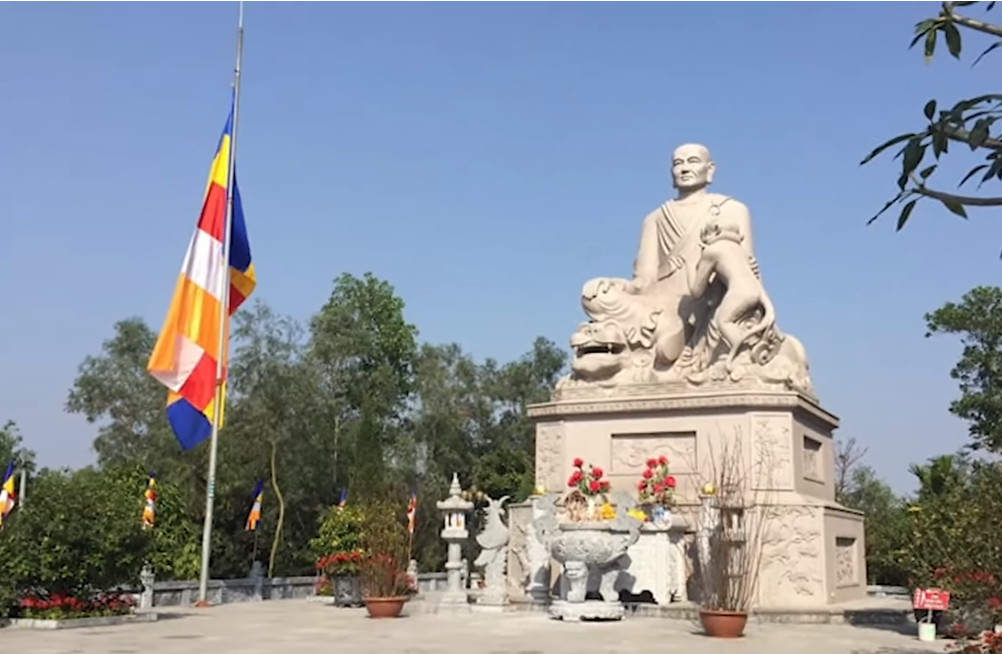
It is easy to understand why from the 10th to the 14th century, Buddhism stood at the center of political, cultural, and social activities, sometimes even determining the fate of the nation. For example, the case of King Ly Cong Uan ascending the throne or the role of Zen masters, including Master Van Hanh, as the main advisors to the kings. Another example is King Tran Nhan Tong, the only Buddhist king in Vietnamese history. He is the officially recognized sixth patriarch of Yen Tu, who played a leading role in building a completely unified sect, Truc Lam, advocating for humility. Since the 15th century, due to the development of Confucianism and later the introduction of Christianity into Vietnam, Buddhism has not been as prosperous as before, but the harmonious spirit of Buddhism with the nation remains one of the most distinctive features of our people.
In the two resistance wars against French colonialism and American imperialism, we had monks taking off their robes, putting on military uniforms, and thousands of Buddhist monks bravely sacrificing in the struggle for national independence in the resistance war against the French in the North, the Buddhist Salvation Society sent letters soliciting donations to support the resistance war in the North and South. Most temples in the North became revolutionary bases, storing military supplies and hiding cadres. On February 27, 1947, 27 monks volunteered to take off their robes and go to the front lines at the ancient Nam Dinh temple, becoming steadfast national defenders. Responding to the call of the Democratic Republic of Vietnam government to carry out the resistance war, the Buddhist Salvation Society dismantled printing presses and many other material assets of Buddhism to support the resistance war against French colonialism.
In the South and Central regions, Buddhist Salvation Societies were established, temples were turned into schools to educate the people, launching movements for good deeds, actively producing to support food for the resistance war. In the anti-American resistance war, Buddhism not only struggled to gain freedom for religious activities but also carried a national spirit in the fight against the puppet government and imperialism. Under Ngo Dinh Diem's oppressive policies, the suppression of Buddhism caused serious consequences, escalating religious and social conflicts, with the peak being the Buddhist struggle movement in the South in 1963.
The initial event was the struggle against the policy of banning the display of Buddhist flags by Buddhist monks in Hue. On May 30, 1963, a widespread hunger strike by Buddhist leaders took place in the Central and Southern provinces, when the struggle gradually reached a deadlock on June 11, 1963, at the intersection of Phan Dinh Phung and Le Van Duyet streets, Venerable Thich Quang Duc immolated himself in front of tens of thousands of Buddhist monks. Thich Quang Duc's self-immolation caused a great impact, leading to strong support for the struggle of the people of the South, not only domestically but also internationally.
In peacetime, Buddhism continues to accompany the people in the nation-building and defense, engaging in charitable activities, social welfare, poverty reduction, encouraging Buddhists to build a united national community, abide by the law, live a good and beautiful life. Thousands of Buddhist monks volunteered to be at the forefront of the fight against COVID-19, supporting a large amount of funding for the vaccine fund, providing medical equipment, donating tens of millions of gifts, and providing free meals. Now let's go back to the two events we mentioned at the beginning: the phenomenon of Thich Minh Tue overlooking the unnecessary luxuries has shown us that in this era of technology 4.0, the Vietnamese people's hearts are deeply rooted in Buddhism. A dark-skinned practitioner wearing a patched robe, casually holding an electric rice cooker, never claiming to be a monk.
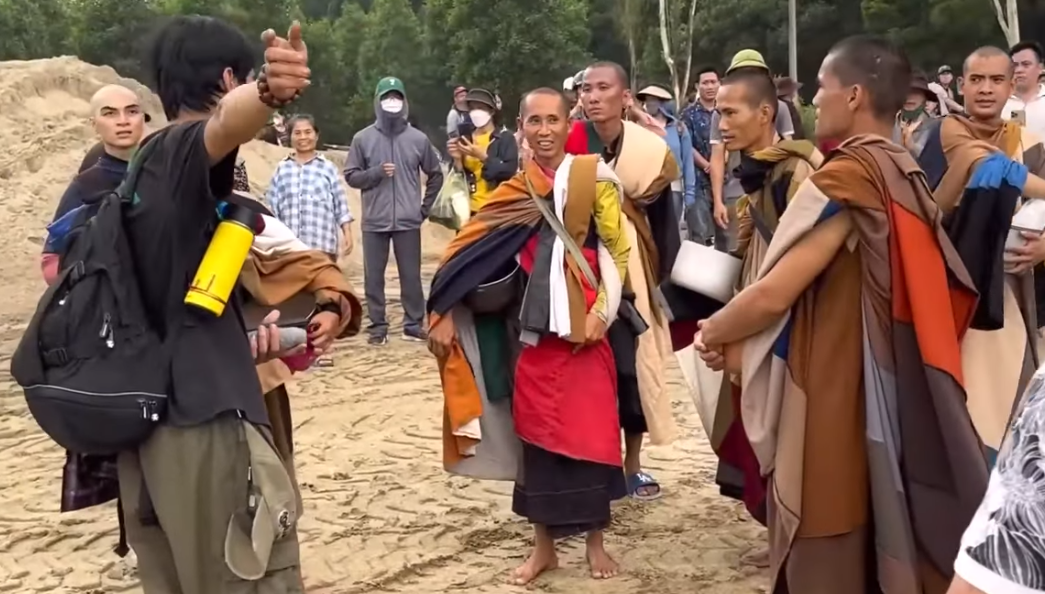
Why is he so beloved by the people? Simply because Mr. Minh Tue reminds people that there is no need to read thousands of scriptures, no need to offer high offerings to the temple, one can still follow Buddhism, the main thing is to practice on your own. People criticize wrongdoings, incorrect statements not to cause harm but to regain trust in the right teachings, not to let a few worms enrich themselves and affect the Buddhist community.
The venerable monks, true practitioners, but we should not lump the two together because when we rejoice in the goodness of one person, a gentle joy arises in our hearts, but if we also start comparing and criticizing others, even if the criticism is not wrong, we naturally lose the initial joy. Let Buddhism always be a spiritual source, an inseparable part of the national cultural identity, an encouragement for everyone to contribute to building their religion, their family, and their homeland.
